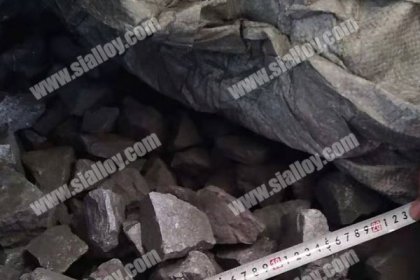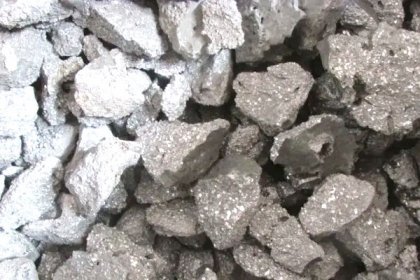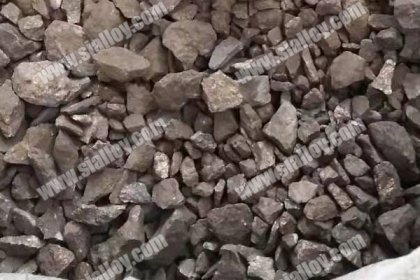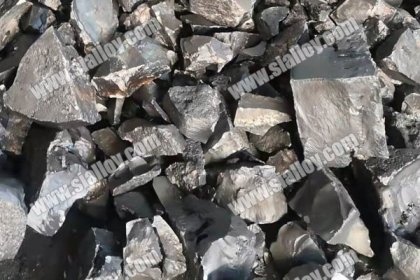casting electric furnace smelting
There are many problems encountered in casting electric furnace smelting. Common problems include excessive element burning, high oxygen content in molten iron, lower carbon in molten iron than expected, fewer graphite balls, uneven ball diameters, and poor cutting performance of castings.Let's focus on the following:
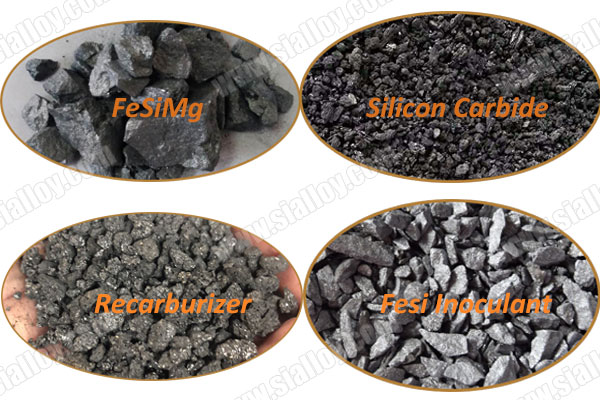
1.Excessive Element Burning
The burning loss of Si, Mn, Cr and other easily oxidizable elements in the induction furnace is mostly 3% to 5%. Over-value burning loss and fluctuations in the chemical composition of cast iron will inevitably cause a series of structure and performance problems. Excessive element burning usually occurs when the melting time is too long and the slagging protection is not paid attention to, if the amount of scrap steel is large, there are many light and thin materials, the charge will be water and rust, and the problem will be aggravated.
The way to avoid excessive element burning is that:
(1)The charge should be as clean as possible, shape should not be branched, and size should not be too large or too thin.
(2)Put an end to racking materials,and create all the conditions that can melt quickly.
(3)In the early stage of smelting, slag should be generated in time, and slag will be covered under high temperature in the later stage. Give full play to the protective effect of slag.
(4)If the factory has chips to be used, some can be laid on the bottom of the furnace, and some are added to the molten pool in batches.
2.High Oxygen Content in Molten Iron
The induction furnace has no oxidizing atmosphere compared with cupola, and because the [O] and [FeO] in the molten iron react with [C], the Fe is protected by C, and there is not much dissolved oxygen in the molten iron, however,in the later stage of smelting, in order to promote the absorption of C-increasing agent, the electric frequency is often lowered to strengthen the stirring of the molten pool. If the "hump" is too high and the frequency modulation time is too long, the probability of contact between the molten iron and the atmosphere will increase, and the dissociated O ions will enter the molten iron. The addition of materials in the later stage of smelting is not baked, will also increase [O] and [H].
The way to prevent high oxygen content is that:
(1)Do not over-tune the frequency in the later stage of melting.
(2)Do not use wet materials and tools in the later stage of melting.
(3)The overheating temperature should not too high, and avoid keeping the temperature for a long time under high temperature.
3.Lower Carbon in Molten Iron than Expected
When the temperature of the molten iron exceeds the equilibrium temperature, and the reaction SiO2+2C=Si+2CO proceeds to the right, causing the molten iron to lower carbon and higher silicon, so do not forget to add carbon when making ingredients. It is necessary to grasp the amount of carbon drop of our factory and make up the amount of carbon. It should be reminded that the adjustment of the composition of gray cast iron in the later stage should be in the order of manganese first, then carbon, final silicon.
4.Fewer Graphite Balls, Uneven Ball Diameter
There is exit the spherical graphite, indicate that the amount of residual magnesium is no problem, the problem lies in poor gestation or fertility decline, if the casting does not produce white mouth, it means that the fertility gap is not large.From the point of view of smelting, artificial graphite C-increasing agent should be used to control the graphite core,the industry recommends that SiC is better than artificial graphite,and pointed out that SiC is light, easy to float, and the surface is blocked by SiO2 film, which affects dissolution, therefore, it is better to add SiC during the charging period. If it is processed by feeding method, the inoculation must be carried out slightly after the spheroidization is completed, so as to avoid the accelerated decline of the inoculation.
5.Poor Cutting Performance of Castings
Cutting performance is a complex proposition, involving the processed object, cutting tool, cutting process parameters and the operator’s perception of the quality of the processing performance.
As far as cast iron is concerned, poor cutting performance maybe due to various reasons:
(1)There is free cementite.
(2)There are hard spots (such as phosphide, titanium compound etc)
(3)There is un-melted ferro silicon.
(4)There is a large amount of residual pearlite in ferritic ductile iron.
(5)In the hot sports, there is a lot of backlash caused by Re segregation.
Of course, in the process of cast iron production, there will be other problems such as poor inoculation effect of gray cast iron, large fluctuations in the spheroidization grade of ductile iron, low impact toughness of ductile iron,long smelting time, and high power consumption. Anyang Huatuo Metallurgy is engaged in casting materials for more than 10 years, all employees have undergone professional technical training, if you have any question or confused, please feel free to consult.
 中文
中文
